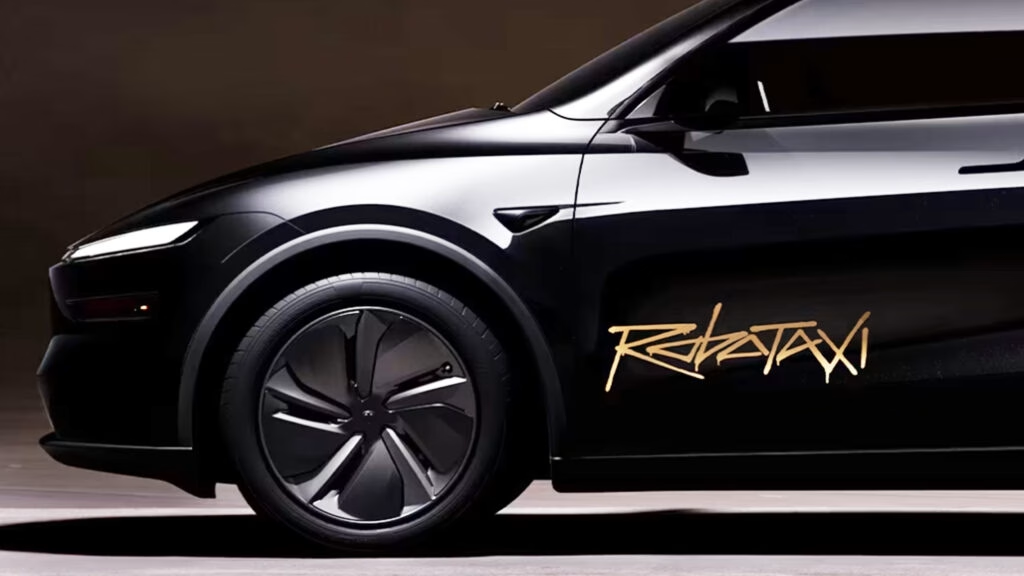How far has Tesla’s Robotaxi actually come in Austin?
Tesla’s Robotaxi service quietly rolled out in a tightly geo-fenced pocket of Austin, Texas, in June. While the company’s ambitions have been hyped for years, the reality on the ground is a bit more measured. Right now, every Robotaxi ride in Austin comes with a Tesla employee riding shotgun, finger hovering over a hidden kill switch that can instantly disable the Full Self-Driving (FSD) system. That’s not just a quirky detail—it’s a sign that even Tesla isn’t ready to let its cars roam free without human backup.
Videos from early riders have surfaced showing the Robotaxis making some awkward driving decisions—hesitating at intersections, struggling with construction zones, and occasionally missing turns. It’s not exactly the seamless, sci-fi experience that’s been promised. But it’s also not a total flop. The cars do get from point A to B, and each trip is another data point for Tesla’s ever-learning neural network. Still, if you’re picturing a city blanketed in self-driving Teslas, Austin’s current reality is more like a cautious toe dipped in the water.
Is Elon Musk’s claim about covering half the US realistic?
Elon Musk is never shy about bold predictions. On a recent earnings call, he claimed that by the end of this year, half the US population would be covered by Tesla’s Robotaxi service. That’s a jaw-dropping statement, especially considering that, as of late July, the service is only operational in a small slice of one city.
Industry analysts and transportation experts are, frankly, skeptical. Regulatory hurdles are significant—each state (and often each city) has its own rules for autonomous vehicles. For example, while Tesla is eyeing expansion into the San Francisco Bay Area, Florida, Nevada, and Arizona, none of these regions have given the green light yet. According to a 2024 report from the National Conference of State Legislatures, only a handful of states have comprehensive frameworks for autonomous vehicles, and even fewer allow unsupervised operation.
So, unless there’s a regulatory miracle, Musk’s timeline seems more aspirational than achievable. That’s not to say progress isn’t happening, but the leap from one geo-fenced test zone to half the country in five months? That’s a stretch.
What safety measures are in place for Tesla’s Robotaxi?
Safety is the elephant in the room for any self-driving car rollout. Tesla’s approach in Austin is telling: every Robotaxi has a hidden override switch, and a trained employee is always present, ready to intervene. There’s speculation that the passenger door button has been repurposed as a quick “kill” for the FSD system, letting the human instantly take control if the car gets confused or makes a risky move.
This setup is a far cry from the fully autonomous, driverless future that’s been promised. It’s more like a high-tech driving lesson, with the instructor’s foot hovering over the brake. The company is clearly aware that public trust—and regulatory approval—hinges on proving that these cars can handle real-world chaos, not just ideal test conditions.
How does Tesla’s Robotaxi compare to other self-driving efforts?
Tesla isn’t the only player in the autonomous taxi game. Companies like Waymo and Cruise have logged millions of miles with driverless vehicles in select US cities, often with fewer human interventions than Tesla’s current setup. However, Tesla’s approach is unique: it’s using the same hardware found in its consumer vehicles, betting that software updates alone can bridge the gap to full autonomy.
This strategy has pros and cons. On one hand, it means Tesla could theoretically scale up quickly—once the software is ready and regulators are convinced, millions of existing Teslas could become Robotaxis overnight. On the other hand, critics argue that dedicated robotaxi vehicles, designed from the ground up for autonomy (with redundant sensors, specialized safety features, etc.), may ultimately prove safer and more reliable.
What’s the real timeline for unsupervised Full Self-Driving?
Musk has also claimed that by the end of 2025, Tesla owners will be able to update their vehicles for unsupervised FSD. That’s a tantalizing promise, but it’s worth noting that similar predictions have come and gone in the past. The technical challenges are immense: handling unpredictable pedestrians, complex intersections, and the quirks of local traffic laws is no small feat.
Even if the technology matures rapidly, regulatory approval will be the real bottleneck. States like California and Arizona have shown willingness to experiment with autonomous vehicles, but they’re also quick to pull the plug when things go wrong. Just last year, a major competitor had its license suspended after a series of high-profile incidents. Tesla will need to prove not just technical competence, but also transparency and accountability.
What should potential riders and Tesla owners expect next?
If you’re hoping to hail a Robotaxi in your city soon, patience is key. Unless you live in a major urban center that’s friendly to autonomous vehicle pilots, it’ll likely be a while before the service reaches you. For Tesla owners, the promise of unsupervised FSD is exciting, but it’s wise to temper expectations and keep an eye on regulatory developments.
The big takeaway? Tesla’s Robotaxi isn’t about perfection—it’s about smarter adjustments. Start with one change this week, and you’ll likely spot the difference by month’s end. The road to full autonomy is winding, but every cautious rollout, every safety tweak, and every real-world mile brings us a little closer to the future we’ve been promised.

